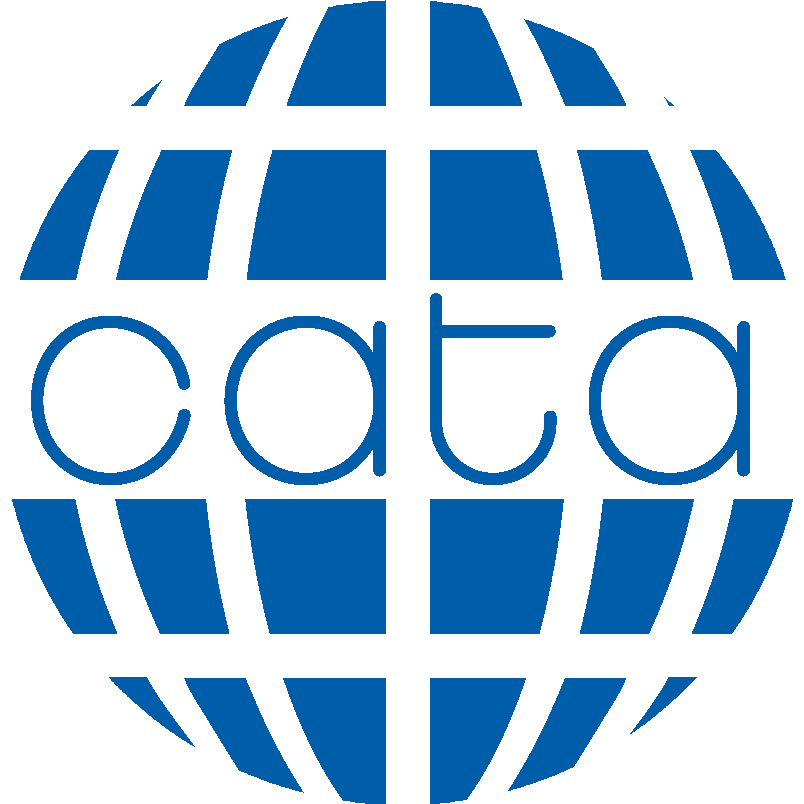Kenya: KENYA’S TAX LANDSCAPE (FISCAL YEAR 2022/23)
By: Loice Akello, International Relations & Diplomacy Division, Kenya Revenue Authority
The East African Revenue Authorities published the seventh (7th) edition of the Regional Comparative Report which provides a systematic analysis and comparison of revenue and other key performance areas among the region’s revenue authorities for the fiscal year (FY) 2022/23 (July 2022 to June 2023).
The report was unveiled during the 51st East African Revenue Authorities Commissioners General (EARACGs) Meeting held on 22nd and 23rd January 2024 in Dar es Salam, Tanzania. The report provides evidence-based tax policy and administration in the region.
A review of the operating environment for the fiscal year 2022/23, East Africa showcased resilience in its revenue mobilization efforts. Kenya specifically exhibited remarkable resilience in its operating environment, maintaining stability amidst a deceleration in economic growth, moderate inflation, and currency depreciation.
In assessing economic indicators, it was noted that Kenya maintained the highest revenue per capita in the region at $311.6, showcasing consistent performance over the past five years. The GDP growth rate decelerated to 5.2% in FY 2022/23 from 6.2% in FY 2021/22. Kenya also recorded a relatively low inflation rate from 6.9% in the previous fiscal year to 7.6% in 2022/23, highlighting stable price levels compared to other EAC countries. The tax-to-budget ratio declined slightly, reflecting challenges in mobilizing sufficient tax revenue to fund the national budget. The total public debt to GDP ratio stood at 65.5% indicating a substantial debt burden.
A Regional Assessment of Ease of Doing Business Rankings, relying on the World Bank's Doing Business Report, indicate that the East African Community (EAC) has seen steady improvements in key indicators, notably by Kenya and Rwanda. Kenya's consistent performance, particularly in paying taxes and trading across borders, reflects positively on its business climate and regulatory framework.
Assessing revenue performance, Kenya Revenue Authority (KRA) surpassed the EAC average for both domestic and customs taxes contribution to total revenue by 65% against 66.6% and 33.8% against 33.0% compared to the average revenue of EAC Partner States highlighting a significant emphasis on tapping resources. The Finance and Insurance sector experienced slow growth in instalment remittance of 1.5%, explained by reduced remittance of 1st (13.8% decline) and 2nd (2.7% growth) instalments from banks due to overpayments for the accounting year ending 2022. Corporation tax revenues drop in instalment remittance from the transport (5.7% decline) and construction (26.7% decline) sectors.
Domestic VAT collections showed significant growth (11.3%) post-Tax Invoice Management System rollout. The construction and transport however experience declines of 16.9% and 7.0%, respectively, attributed to high input and energy prices affecting business activities. Withholding Income Tax collections saw growth from private firms (9.1%) but declined from the public sector (27.6%) due to suboptimal disbursements. Domestic Excise recorded marginal growth (2.8%), influenced by declines in deliveries of various excisable goods. Performance in Personal Income Tax (PIT) stood at 24.5% of total revenue, while Corporate Income Tax (CIT) contributed 12.2%, slightly below the EAC average of 17.3%, highlighting the need for improved compliance among corporations. Customs taxes contributed an average of 35.6% to total revenue in the region. KRA reported figures lower than the EAC average rates of 33.8%. In terms of customs duties performance, KRA achieved 95.1% of its target.
Kenya however encountered challenges in meeting revenue targets, missing its mark by 4.7%. The dynamic economic environment in Kenya presented complexities in revenue collection efforts. Kenya experienced a contraction in the tax-to-GDP ratio, highlighting a decline in its fiscal influence relative to economic resources.
In response to these challenges, Kenya embarked on modernization projects, including cargo deconsolidation to streamline customs processes and the integration of taxpayers' payment platforms to enhance efficiency in tax return filing. Furthermore, there was a concerted effort to simplify on-boarding, filing, and payment systems for Micro, Small, and Medium Enterprises (MSMEs), aiming to facilitate compliance for these entities. These initiatives underscored Kenya and KRA’s commitment efforts to modernize its revenue collection systems and align with international best practices, ultimately contributing to the country's economic development and fiscal stability.
Additionally, tax reforms were implemented under various tax heads, e.g. Value Added Tax (VAT), Excise Duty and Income Taxes, to stimulate specific sectors, such as pharmaceuticals and agriculture, while addressing emerging challenges like digital lending. These changes necessitate adjustments in tax administration and enforcement strategies to ensure compliance and revenue collection in line with the revised tax policies.
In the fiscal year 2022/23, KRA spearheaded a series of administrative reforms aimed at bolstering revenue collection and optimizing the efficiency of the tax system. Key administrative reforms implemented by KRA during this period included finalization of the Medium-Term Revenue Strategy (MTRS) and National Tax Policy envisioning significant increases in ordinary revenue to GDP and tax compliance rates by 2030, among others.
In conclusion, Kenya's fiscal journey for the FY 2022/23 reflects a dynamic landscape characterized by challenges, resilience, and proactive reforms. As the country navigates through economic uncertainties, its commitment to enhancing revenue mobilization efforts remains steadfast, contributing to the sustainability of its domestic and the region’s economic development and fiscal stability.
